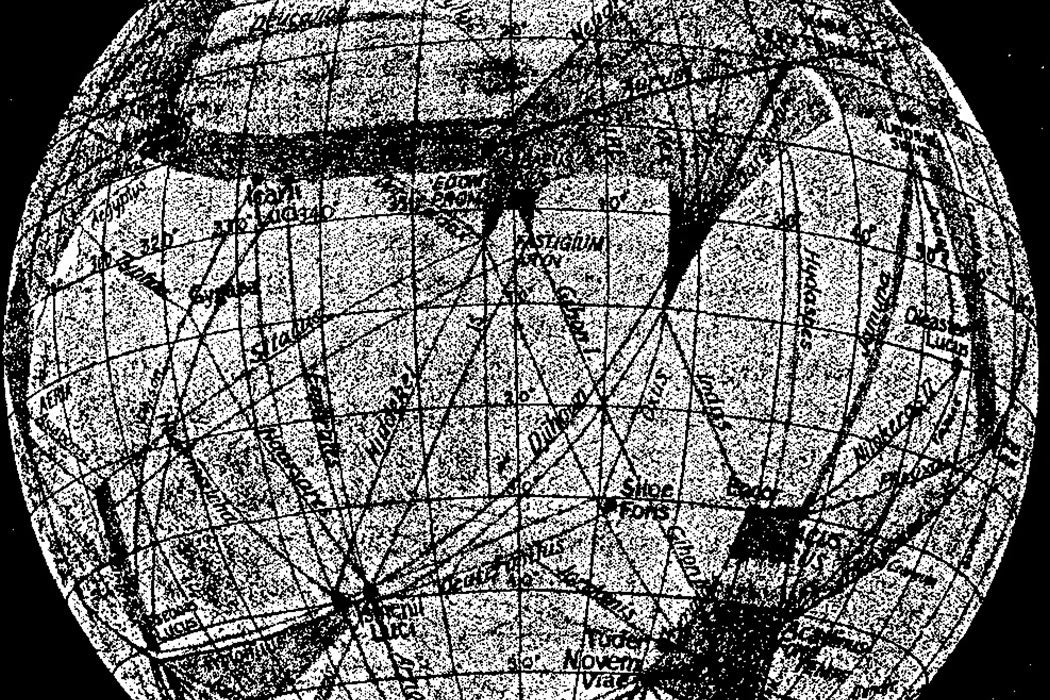Data from the 2011 Mars Reconnaissance Orbiter has confirmed the existence of liquid water on Mars. We’ve known for years that there was extensive ice in Mars’ polar areas and that there used to be an extensive amount of water on the planet, but this is the first hint of liquid water there at present. The next step is to determine the salt content of the water and whether it’s always in liquid form. The exact state of the water will be crucial in determining whether there is or ever was life on Mars. This study culminates a 150 year-long effort to determine the existence of water on the red planet.
In 1877, an Italian Astronomer named Giovanni Sciaparelli observed what he thought to be “canali” or channels carved by the water on Mars. The American Percival Lowell, businessman, travel writer, and self-taught astronomer, took Schiaperelli’s observations and ran with them, assuming that “canali” meant canals. In 1892 Lowell made his own observations, convincing himself, as well as the popular imagination, that the lines he was looking at were the work of an extinct alien civilization.
Lowell went on to found the Lowell Observatory in Arizona, which he hoped would further his research on the canals. Over the course of multiple observations, and despite mounting doubts, Lowell drew elaborate maps of the canal system. Realizing that the scale had to be vast, Lowell began to fill in an entire Martian ecosystem, deciding that the lines he was seeing were actually riparian vegetation regions alongside the canals. Furthermore, the existence of the canals proved (to Lowell, anyway) that Mars had an atmosphere.
Despite some flashes of genius—some of his work led to the discovery of Pluto—Lowell’s canal obsession and slapdash methods caused him to be largely shunned from the astronomical establishment. Doubts about his canal interpretations began as early as 1893. Nevertheless, possessed by a vivid writing ability and a PT Barnumesque flair for salesmanship, Lowell kept the dream of Martian canals alive despite never having his work published (it was even rejected by his own observatory’s journal). As late as 1955 people were still convinced there was a civilization on Mars; one paper argued that Lowell’s lines were also evidence of a defunct communication’s network.
Once a Week
These days, Lowell’s lines are believed to be an artifact of the telescope he was using. There’s evidence that suggests Lowell’s own eye subtly interfered with his planetary observations, thus imposing lines where none existed. Case in point: he also observed lines on Venus.
The current study, however, is much more reliable: water was detected through chemical evidence of waterlogged molecules. However, in a deliciously ironic turn, the chemical evidence is supported by photographs of slope lineae— channels carved by liquid water.







